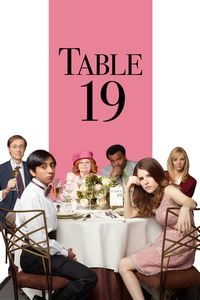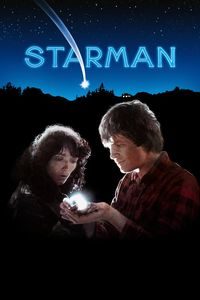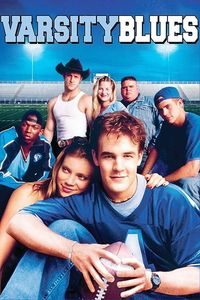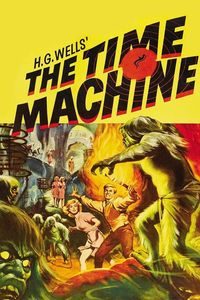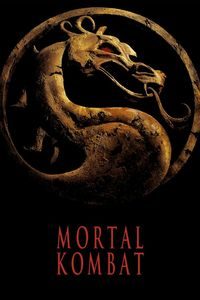A Night at the Opera (1935)
(On Cable TV, December 2017) I’ve been meaning to go back to the Marx Brothers comedies, decades after seeing and loving Duck Soup. Fortunately, these eighty-year-old movies are still holiday fixtures, so I’m back with the Marxes starting with A Night at the Opera, the first of their MGM movies after leaving Paramount and being led to a more audience-friendly format. Sadly, the connective material that MGM imposed remains the weakest part of the film—who cares about a romance between two dull secondary characters, other than it provides the backdrop against which the brothers run wild? Plots are necessary, but it’s the individual comic sketches that make A Night at the Opera so memorable. Whether we’re talking about Groucho’s verbal pyrotechnics, the famous stateroom scene, the anarchic finale set among a malfunctioning theatre stage … or even the surprisingly engaging bit of piano-playing, this is a film of scenes and sequences. It doesn’t all work (I’ve never been much of a Harpo fan) and often overstays its welcome, but much of A Night at the Opera is still very funny today.





